IOT VISUALIZATION
SMART GAS
As a part of the smart IoT application layer, it helps data analysis and visualization
No credit card required!
"Smart Gas" collects online detection data such as pipe pressure, pipe network scheduling, and gas meters through sensors, perceives the running status of the city gas system in real time, and integrates gas management and facilities by mailing in a visual way to form the city gas Internet of Things, which will transfer massive amounts of gas. The information is analyzed and processed in a timely manner, and corresponding processing results and auxiliary decision-making suggestions are made to manage the entire production, transmission and distribution, service and other processes of the gas system in a more refined and dynamic way, so as to achieve the effect of wisdom.
Integrators serving the gas industry have rich industry experience and accumulated considerable high-quality resources. Faced with the industry changes brought about by the Internet of Things and big data, they need to rapidly develop corresponding capabilities. In some gas industries, integrators have mature hardware products, such as gas meters. They have implemented the deployment and operation and maintenance of millions of household gas meters, but they have not accumulated enough data analysis and visualization technologies; on the other hand, for the gas industry Users who develop software business systems need to integrate visualization and intelligent analysis technologies with existing products. The development cycle from scratch is too long and the cost is uncontrollable. Integrating the mature data analysis and visualization technology of DataFocus is the optimal solution.
Core advantages description

Software and hardware integrators in the gas industry collect data through their own official website monitoring, remote meter reading, equipment management or project control systems. Or through the construction of a sensor network, the real-time status data such as pressure and flow of the equipment and equipment can be recorded.
Synchronize data from business systems and IoT sensor network databases into DataFocus. Using the patented search technology of DataFocus, the rapid development of data application layer includes data analysis capabilities such as reporting system, visual analysis, Ad-Hoc analysis, and intelligent insight, as well as algorithm development and integration.
The data application component of DataFocus can quickly connect to various existing business systems from the data collection and storage end. Develop data analysis applications by integrating offline databases and real-time databases into the DataFocus data warehouse, or directly linking real-time databases.
After integrating various heterogeneous gas business system data into the big data warehouse that comes with DataFocus, standardize and build a model. Lay the foundation for subsequent data applications.
Using DataFocus' easy-to-use search-based analytics technology, integrators can quickly customize a variety of analytics and visualization services for their clients. For example, by analyzing a large amount of household gas consumption data, it can predict gas consumption trends, conduct leak warnings, and analyze misappropriation points; by analyzing its own business system data, it can conduct user satisfaction analysis, maintenance efficiency analysis, financial analysis, and so on.
DataFocus can be easily deployed, whether it is on the user's private cloud platform, Alibaba Cloud, Amazon Cloud, or Microsoft's Azure, it can be quickly deployed and integrated.
They took the lead in developing a high-performance gas meter that can adapt to 5G networks, and can read nearly 100 million pieces of data every day through the remote meter reading system. Now, they want to analyze the data collected by the existing gas meter network; in addition, they have a large facility maintenance team, which needs to respond to the after-sales problems of the residents' gas meters in a timely manner. Maintenance after-sales activities are managed through a unified service dispatch system, and they also hope to improve after-sales service efficiency by analyzing the data of this management system.
Then, the data collected by the smart gas meter network and the data of the business system are synchronized to the big data warehouse that comes with DataFocus. Through search analysis, the analysis of dispatching efficiency, maintenance hotspots, gas leakage warning, gas consumption trend, etc. are quickly developed. And many other data analysis topics, greatly improving the development efficiency.